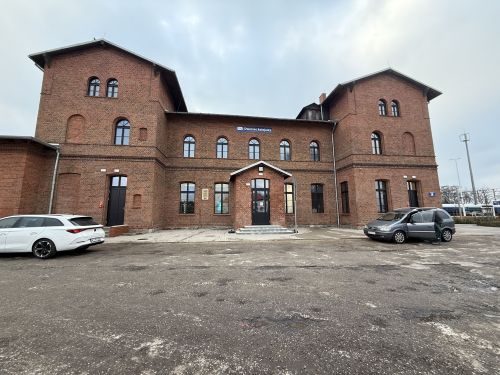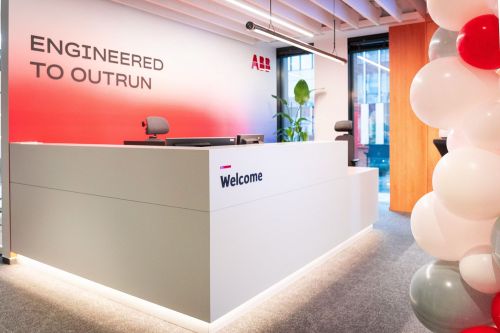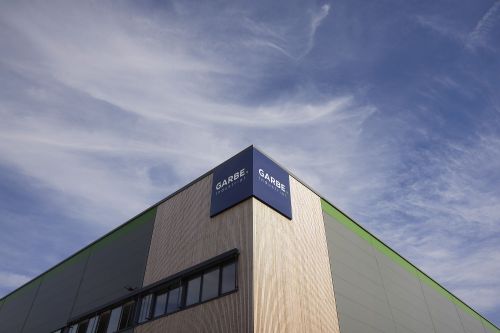It was where, in 1940, the Nazis erected a barrier closing off ul. Żelazna - one of nineteen gates leading into the Warsaw Ghetto. It was captured in a famous photograph taken that year. "My interest in this property started from the moment I saw this picture. Only the factory at the crossroads of ul. Grzybowska and ul. Żelazna remains today, constituting material evidence of the Ghetto boundary," remarks Maksymilian Max Ebenstein, the president of Liberty Development Poland. In 2006 the company put plans into motion to purchase the historic properties in order to revitalise and reconstruct them. Sometime later, the project was extended with an adjacent area for a commercial development (along ul. Grzybowska, facing ul. Żelazna up to the area of the former Browary Warszawskie brewery). The commercial project will involve the construction of two office buildings: an eight-storey one on the street front along ul. Grzybowska, together with a 140m tower, which will contain 6,000 sqm and






























































